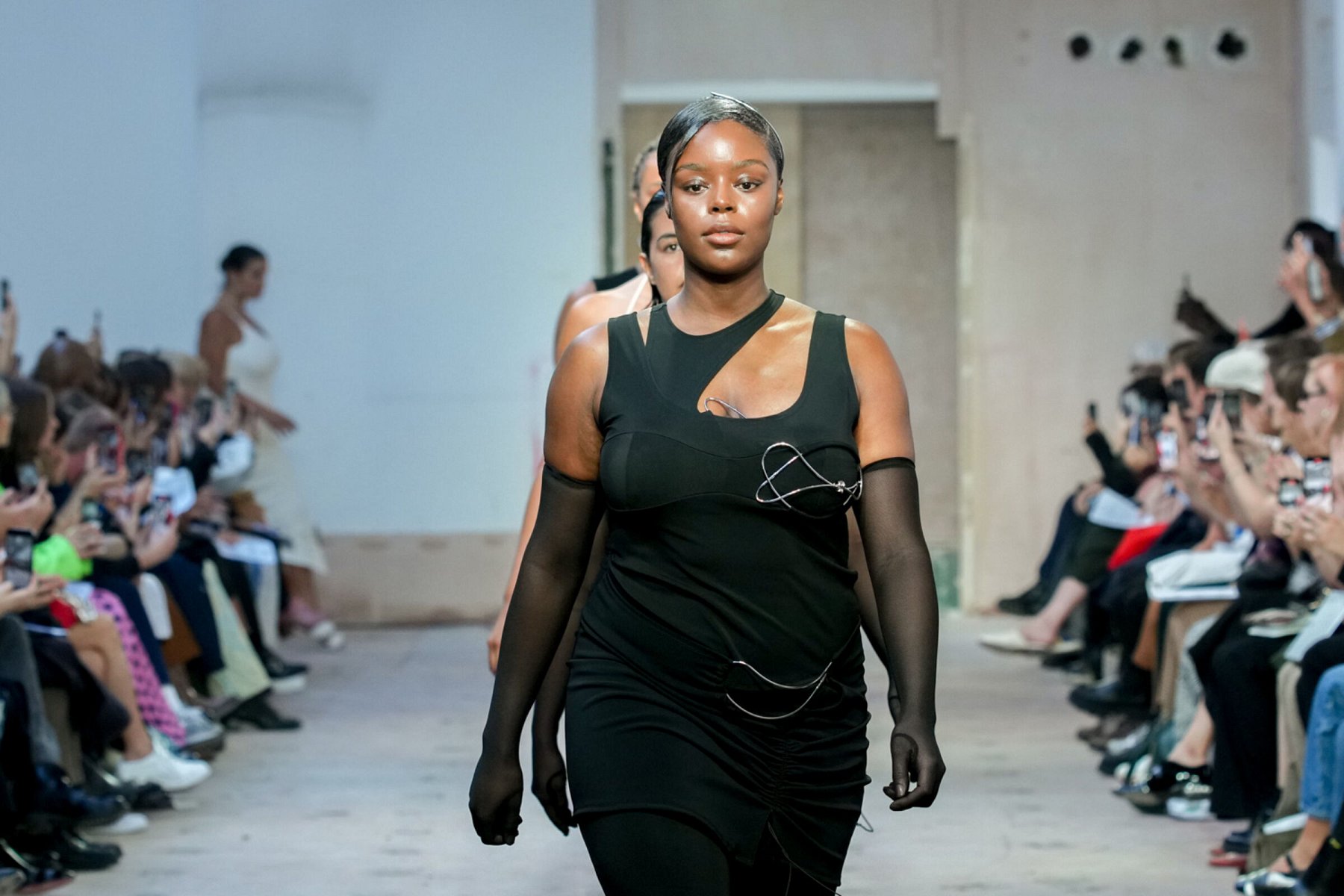Open the Keys of Ageless Eastern Put On
Discovering the enigmatic realm of classic Eastern wear looks into a world where creativity, culture, and history converge to create garments that transcend plain textile and string. The intricate tapestry of custom interwoven with contemporary aspects uses a look right into a world where every stitch tells a story, every motif a symbol of value. Revealing the tricks behind these developments reveals a tapestry of heritage waiting to be unwinded, welcoming one to journey via the angelic charm and mystique of Eastern fashion.
History of Eastern Style
The history of Eastern fashion go back centuries, reflecting the rich social heritage and practices of varied areas throughout Asia. Each region boasts its unique designs, textiles, and layouts that have been influenced by variables like environment, faith, social standing, and profession paths. eastern wear pakistan. For instance, the intricate silk garments of China symbolize elegance and sophistication, while the vivid saris of India showcase a kaleidoscope of colors and patterns.
In Japan, the robe has actually been an icon of tradition and refinement for generations, with different designs worn for various events. The background of Eastern style is a tapestry of technology and tradition, blending ancient practices with modern-day influences to produce a vibrant and ever-evolving market.
Value of Conventional Clothes
Traditional clothes functions as a cultural symbol, personifying the worths, ideas, and heritage of neighborhoods in Eastern cultures. eastern wear pakistan. These garments are not just items of textile yet are symbolic depictions of the rich history and traditions passed down through generations. In Eastern societies, traditional outfit plays a considerable function in ceremonies, events, and every day life, reflecting the social condition, regional affiliations, and also marital status of people
The relevance of standard clothing surpasses appearances; it is a means for people to connect with their origins and express satisfaction in their social identity. Each garment, from the elaborate sarees of India to the flowing hanboks of Korea, carries with it a narrative of workmanship, meaning, and significance that is deeply deep-rooted in the material of society.
Moreover, typical clothes functions as an aesthetic language, interacting stories of triumph, unity, and resilience. By using these garments, individuals not just recognize their heritage yet likewise add to the preservation and party of their social heritage.
Development of Eastern Embroideries
Eastern needleworks have a rich history that extends centuries and have constantly advanced to incorporate diverse social impacts and respond to shifting creative patterns. The advancement of Eastern embroideries can be traced back to old human beings where intricate designs were hand-stitched onto materials making use of traditional techniques.

Today, Eastern needleworks remain to evolve, blending conventional craftsmanship with modern design sensibilities to develop timeless pieces that commemorate the beauty of multiculturalism and artistic development.
Lavish Fabrics in Eastern Put On
Luxurious fabrics play an essential function in raising the aesthetic appeal and quality of Eastern wear, improving the overall appeal and class of standard garments. Eastern wear is renowned for its extravagant fabrics that not only reflect the area's abundant cultural heritage but also represent beauty and grace. Silk, a textile identified with high-end, is usually used in crafting Eastern clothes, imparting a glossy sheen and a soft, smooth structure. The great threads of silk not just curtain magnificently however also include a touch of overindulgence to outfits.
In addition to silk, textiles like brocade, chiffon, and velour are likewise generally featured in Eastern wear. Velour brings a plush you could try these out and royal feel to standard sets, while brocade, with its elaborate patterns and metallic threads, includes a touch of magnificence. Chiffon, on the various other hand, is favored for its airy and lightweight qualities, making it a preferred choice for streaming shapes and delicate embellishments. These elegant textiles not just elevate the visual charm of Eastern wear yet likewise ensure a sense of improvement and elegance that transcends time.
Incorporating Eastern Style Today
In modern fashion landscapes, the combination of Eastern affects offers a harmonious combination of social heritage and modern-day appearances. Designers and fashion lovers alike are accepting the why not check here rich tapestry of Eastern fashion, including conventional elements into modern shapes and designs. From intricate needlework to glamorous fabrics and dynamic shades, Eastern fashion today supplies a diverse variety of choices that cater to a worldwide target market.
One means Eastern style is making its mark in modern wardrobes is through the adjustment of typical garments such as the bathrobe, saree, or qipao right into daily wear. These pieces, as soon as scheduled for special occasions, are currently reimagined in more casual kinds, permitting their consolidation into daily style options. Furthermore, the use of conventional patterns and motifs in Western-style clothes includes a touch of exotic elegance to modern clothing.

Verdict
In verdict, checking out the abundant background, importance, and development of Eastern fashion unveils an ingrained connection to heritage and worths. The elegant textiles and complex embroideries of Eastern put on showcase the flexibility and eternity of conventional layouts. Integrating Eastern influences in modern style permits a combination of tradition and technology, producing a harmonious equilibrium in between the past and today.
Elegant fabrics play a critical duty in boosting navigate to this site the visual appeal and high quality of Eastern wear, enhancing the general allure and sophistication of traditional garments. Developers and style lovers alike are welcoming the rich tapestry of Eastern style, including standard elements into modern shapes and designs. From intricate needlework to extravagant textiles and dynamic shades, Eastern style today offers a diverse array of options that cater to a worldwide target market.
One way Eastern fashion is making its mark in contemporary closets is through the adaptation of standard garments such as the bathrobe, saree, or qipao right into day-to-day wear. The elegant materials and detailed embroideries of Eastern use display the adaptability and eternity of typical designs.